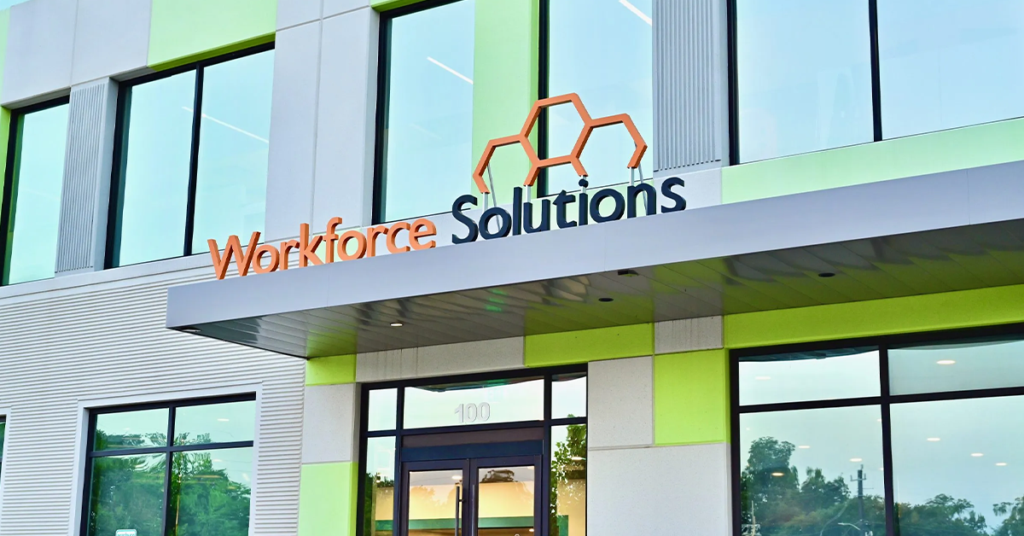As technology continues to advance rapidly, the future of work is being reshaped by automation and artificial intelligence (AI). Recent studies examining more than 700 occupations have highlighted that nearly 46% of jobs in our region face a high risk of automation within the next 10 to 20 years, very close to the national average of 47%. This evolving landscape presents significant challenges but also opportunities for workers and employers alike.
Researchers have identified specific job characteristics that make certain roles more resistant to automation. Jobs that demand:
- A high degree of manual dexterity
- Creative intelligence and originality in problem-solving
- Social intelligence, such as persuasion or caregiving
Another important factor reducing automation risk is the possession of formal credentials. For example, 98% of jobs requiring a master’s degree are considered low-risk for automation, while 84% of jobs without any formal certification face high automation risk. This demonstrates that education and specialized training not only improve job prospects but also increase resilience against technological disruption.
To successfully navigate these changes, Workforce Solutions is focusing on three strategic areas:
- Public Education:
- Promoting high-quality early education
- Encouraging digital literacy and skill development in K-12 and adult education
- Promoting high-quality early education
- Industrial Diversification:
- Supporting projects that diversify the local economy
- Investing in workforce development for industries adopting new technologies
- Supporting projects that diversify the local economy
- Employer-Driven Talent Development:
- Increasing investments in work-based learning and apprenticeship programs
- Linking scholarships to training in high-growth, high-skill jobs
- Helping employers upskill their current workforce
- Increasing investments in work-based learning and apprenticeship programs
These initiatives are designed to build a future-ready workforce that can thrive amid automation and economic shifts. By emphasizing education, diverse economic growth, and practical training, our region aims to empower both businesses and individuals to adapt and succeed in the evolving labor market.
Now, with the current lack of widespread job displacement, experts warn that the situation could evolve rapidly as AI technology matures and becomes more deeply integrated into business processes. Jobs that involve routine, repetitive tasks remain vulnerable, and sectors such as manufacturing, data entry, and certain administrative roles could face more pressure over the coming decade. Policymakers and businesses are encouraged to proactively invest in retraining programs and education to prepare workers for a shifting employment landscape, emphasizing skills that AI struggles to replicate, such as creativity, complex problem-solving, and interpersonal communication, as reported by The Economist.
Moreover, the rise of AI highlights the importance of a balanced approach to technology adoption that values human workers alongside automation. Companies that successfully integrate AI tend to use it as a tool to enhance human capabilities, not replace them outright, fostering collaboration between employees and machines. This collaborative model could lead to new kinds of jobs and industries, requiring novel skill sets and offering opportunities for growth that offset some job losses. Ultimately, understanding and managing AI’s impact on employment will be key to ensuring inclusive economic progress in the years ahead.




